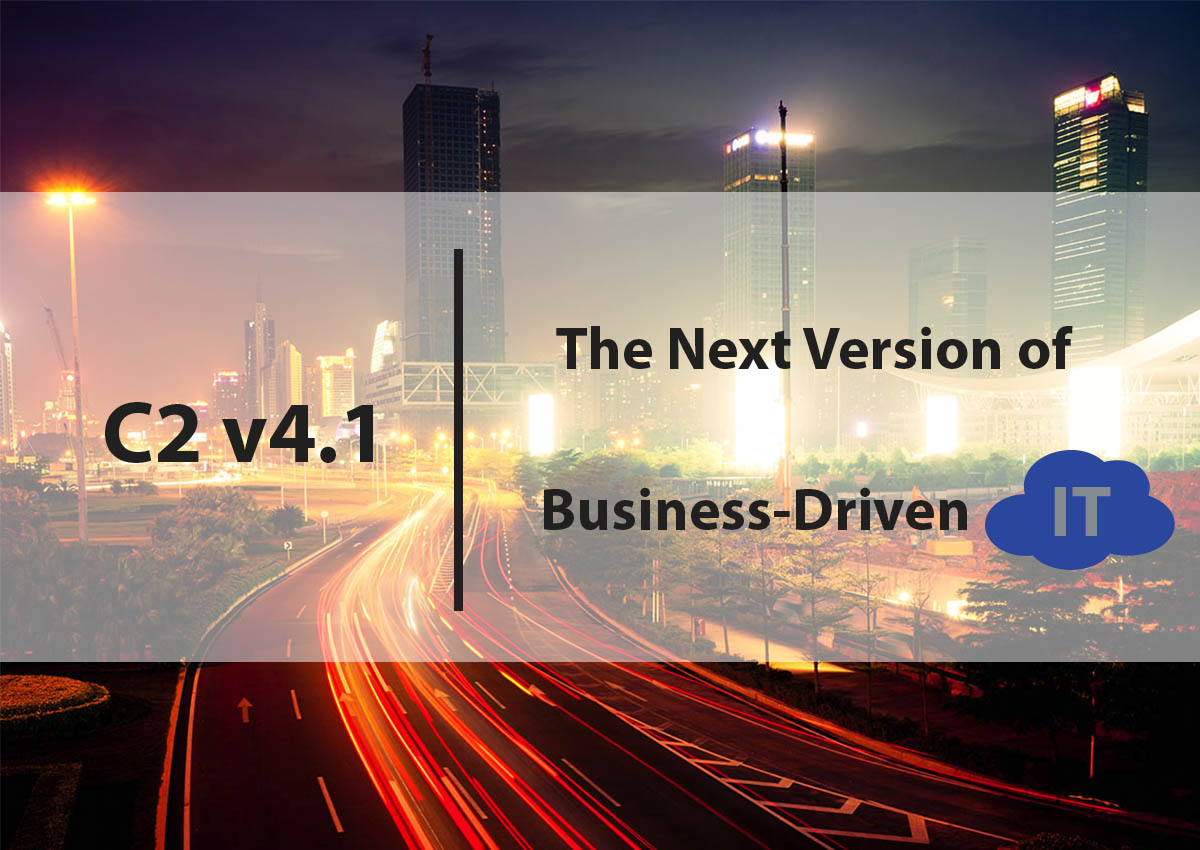Customers are speaking, and we’re listening. C2 v4.1 contains a host of customer-suggested enhancements that are designed to enhance the capability and usability of C2’s management of a wide variety of IT resources.

Virtual Private Clouds and Amazon Web Services
In C2 4.1, the AWS connector now has the ability to detect, manage, and deploy systems into VPCs. C2 Environments backended by the AWS connector will now discover VPCs, VPC subnets, and other VPC-specific options such as security groups. C2 will also now auto-create C2 Environments for each selected VPC/Region, which nearly eliminates additional setup and configurations required.
VMware Integration Improvements
As we showed with our latest AWS updates, we’re always on the lookout for additional features to add to existing connectors. In this release, we’ve improved our VMware integration by adding more in-depth automatic C2 Environment creation for each VMware-hosted cluster present in vCenter. C2 will also now auto-discover any resource pool or datastore options as configured in vCenter, and will automatically create and map those options to C2 fields.
Re-Importing and Updating
Once AWS and VMware environments are created, C2 can now auto-detect and re-import changes to the underlying configuration of those environments. This includes things like VMware datastores, resource pools, and AWS security groups.
The Docs
We now include the full CloudBolt C2 product documentation as part of the install. The bottom of every page contains a link to access the embedded product documentation.
Speeds and Feeds
Despite our class-leading interface—recognized as the most intuitive available in a Cloud Manager, we’re always working to improve the user experience and keep it at the top. In C2 4.1, we’ve worked to get the rust out of many parts of the interface—so it will be faster than ever—especially on the server list page for environments that have thousands of servers. We’ve also polished the interface in several areas to help with usability.
Additional Improvements
We already talk to Puppet Configuration Management, and now we speak that language even better with a updated Puppet connector in C2 4.1.
We’re the only Cloud manager that can use itself to test your critical provisioning workflows. Configuring the Cloud Supply Chain Validator (CSCV) capability in C2 4.1 is now fully managed in the C2 UI, rather than requiring a configuration file modification.
For Red Hat Enterprise Virtualization Manager (RHEV-M), C2 will now automatically import the RHEV-M API certificate.


 Part of the CloudBolt team at Red Hat Summit 2013. Sales Director Milan Hemrajani took the picture.
Part of the CloudBolt team at Red Hat Summit 2013. Sales Director Milan Hemrajani took the picture.